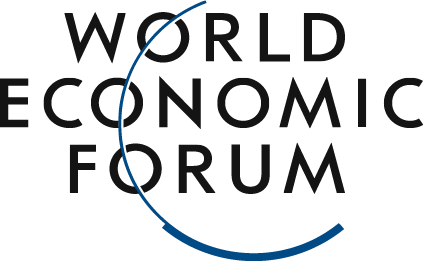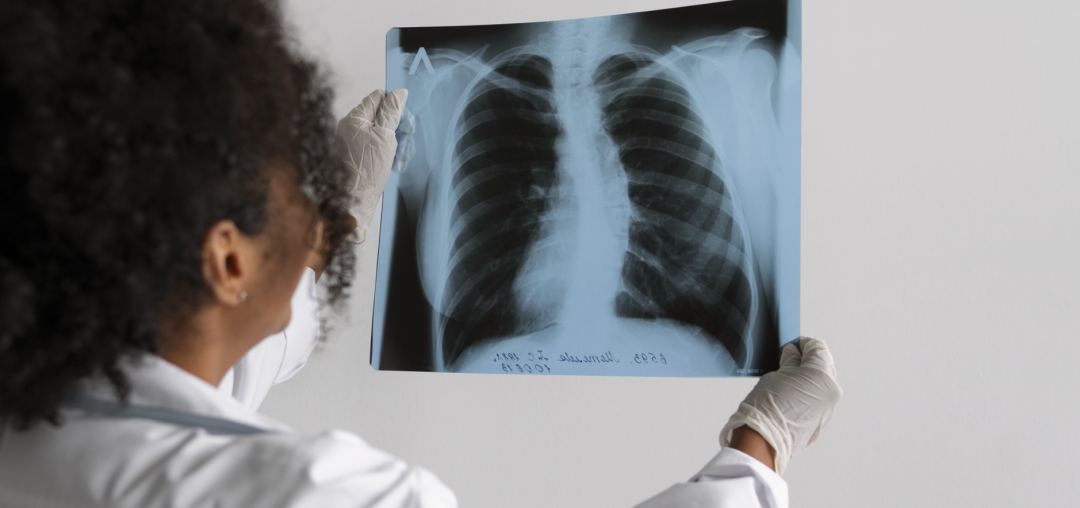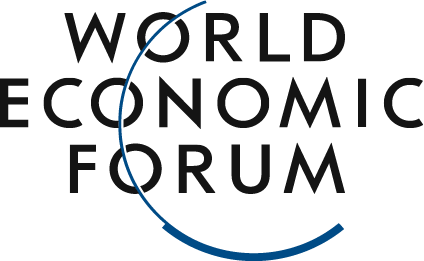Lung cancer claims more than 1.8 million lives each year.
Image source:Freepik.com
Dr Dzulkefly Ahmad
Malaysian Minister of Health
Low- and middle-income countries bear a particularly heavy burden of noncommunicable diseases, including the burden of lung cancer.
Lung cancer claims more than 1.8 million lives each year. Therefore, rethinking how to screen for and diagnose lung cancer is crucial.
Malaysia's Ministry of Health is spearheading global efforts to improve lung cancer treatment outcomes.
Lung cancer is a non-communicable disease (NCD) and the leading cause of death from NCDs, claiming more than 1.8 million lives each year. While treatments and early detection for lung cancer have made some progress, the burden remains overwhelmingly heavy in many regions and low- to middle-income countries (LMICs). These areas often lack adequate medical infrastructure, making it difficult to conduct early lung cancer screenings, diagnoses, and treatments.This leads to many lung cancer cases being diagnosed only at advanced stages, when treatment options are limited and survival rates are lower. To address the overwhelming burden of non-communicable diseases in low- and middle-income countries, it is essential to tackle lung cancer as a global health crisis. The international community must work together, employing a tiered resource approach to ensure that high-risk populations have access to early diagnosis and treatment.The burden of lung cancer is particularly heavy in low- and middle-income countries.Among newly diagnosed lung cancer cases worldwide, low- and middle-income countries in Asia bear a particularly heavy burden, accounting for 63.1% of all new lung cancer diagnoses in this region. In Southeast Asia, lung cancer has now surpassed other cancers to become the leading cause of death. In Malaysia, 90–95% of lung cancer cases are diagnosed at stage three or four, resulting in five-year survival rates as low as 7.5% and 6.3%, respectively. Even more concerning, the majority of patients in the region—up to 70%—are already found to have advanced-stage lung cancer by the time of diagnosis. As a result, screening and early detection are critical to improving treatment outcomes.Lung cancer has a variety of risk factors, with smoking being one of the leading causes. Southeast Asia is home to approximately 600 million smokers, nearly half of whom are men and two-fifths are women. Other contributing factors include exposure to secondhand smoke—whether through occupational settings or environmental conditions—as well as indoor or outdoor air pollution. Notably, in Asia, a relatively high proportion of lung cancer patients are "never smokers." For instance, 60% of female lung cancer patients in East Asia have never smoked, whereas this figure drops to just 15–20% in Europe or the United States. For lung cancer patients who have never smoked (LCINS), risk factors may include a family history of lung cancer, environmental tobacco exposure, and chronic lung conditions such as chronic obstructive pulmonary disease.Strategies to Enhance Treatment Outcomes for Lung Diseases Such as Lung CancerGiven the heavy burden of lung cancer mortality, the well-known challenges in early detection—particularly in low- and middle-income countries—and its close links to other lung diseases, it is imperative that we urgently rethink how we approach and manage this disease.Low- and middle-income countries can greatly benefit from comprehensive national and global initiatives that lay the groundwork for controlling lung cancer.Currently, Malaysia’s Ministry of Health is developing strategies to tackle lung diseases such as lung cancer, positioning this effort as a key component of the nation’s National Cancer Control Strategic Plan. The focus is on prevention, diagnosis, treatment, rehabilitation, and palliative care. This strategy also emphasizes collaboration among government agencies, non-governmental organizations (NGOs), and the private sector—partnerships that are critical for fostering teamwork, leveraging specialized expertise, and enabling effective lung cancer screening and early detection through innovative technologies like AI. For instance, thanks to the collaboration between the Lung Cancer Network Malaysia (LCNM) and AstraZeneca Pharmaceuticals, a non-smoker was diagnosed with lung cancer during a routine health screening in August of this year. Notably, this marks the first-ever case of lung cancer detected via AI technology in Malaysia.Additionally, we are actively working to secure the adoption of a resolution at the World Health Assembly (WHA), prioritizing lung cancer and lung health on a global scale. This effort has already made significant progress. Our goal is to have the draft resolution passed at the 2025 World Health Assembly and officially designated as a global health priority. The draft focuses on implementing a unified, comprehensive approach to advancing lung health initiatives within healthcare systems, outlining a holistic strategy that addresses prevention, care, and treatment—while underscoring the critical importance of multidisciplinary collaboration.The success of this resolution hinges on the joint participation of both national and global stakeholders. In the resolution, we call on health authorities to prioritize the prevention of lung diseases, collaborate with relevant stakeholders to build capacity and establish global standards, and, by 2030, develop a comprehensive global strategy and action plan for integrated lung health, ensuring measurable outcomes are achieved. At the national level, we hope this resolution will empower member states to craft policies aimed at strengthening primary healthcare services to achieve universal health coverage, implementing preventive measures among high-risk populations, providing clinical guidelines for treating lung diseases, and raising public awareness about the impacts of air pollution and occupational risks.A Global Strategy to Tackle Lung CancerImproving lung cancer treatment outcomes requires a global effort to address the unique challenges faced by low- and middle-income countries. By collectively enhancing access to early detection and treatment services—and by providing support to local communities—we can significantly reduce the disease's impact. A coordinated, worldwide approach, combined with tailored local and regional strategies, is essential to ensure that every patient, regardless of location, receives the best possible lung cancer care.
The above content solely represents the author's personal views.This article is translated from the World Economic Forum's Agenda blog; the Chinese version is for reference purposes only.Feel free to share this on WeChat Moments; please leave a comment below the post if you’d like to republish.
Translated by: Di Chenjing | Edited by: Wang Can
The World Economic Forum is an independent and neutral platform dedicated to bringing together diverse perspectives to discuss critical global, regional, and industry-specific issues.
Follow us on Weibo, WeChat Video Channels, Douyin, and Xiaohongshu!
"World Economic Forum"





